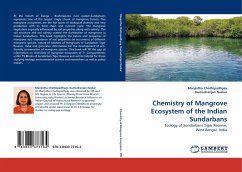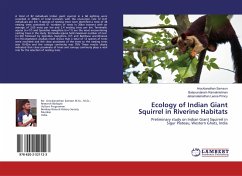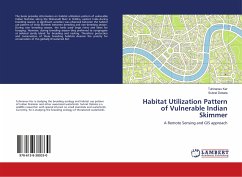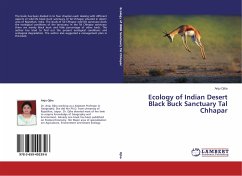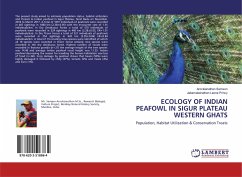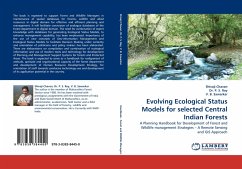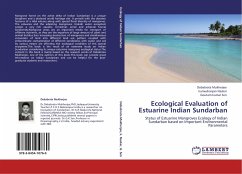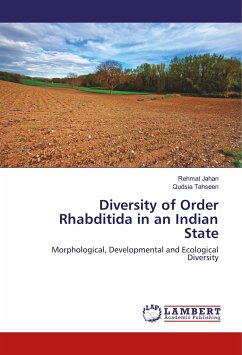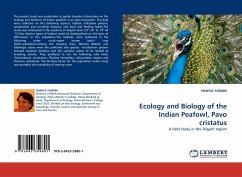
Ecology and Biology of the Indian Peafowl, Pavo cristatus
A field study in the Aligarh region
Versandkostenfrei!
Versandfertig in 6-10 Tagen
32,99 €
inkl. MwSt.

PAYBACK Punkte
16 °P sammeln!
The present study was undertaken to gather baseline information on the ecology and behavior of Indian peafowl in an agro-ecosystem. The data were collected on the following aspects: habitat utilization pattern, vocalization and courtship behavior and food and feeding habits.The study was conducted in the outskirts of Aligarh town (27° 30' N, 79° 40'E).Four distinct types of habitat could be distinguished on the basis of differences in the vegetation.The habitats were preferred in the following order: scrubopen barren land crop fieldsplantation.Among the roosting trees, Albizzia lebbeck and D...
The present study was undertaken to gather baseline information on the ecology and behavior of Indian peafowl in an agro-ecosystem. The data were collected on the following aspects: habitat utilization pattern, vocalization and courtship behavior and food and feeding habits.The study was conducted in the outskirts of Aligarh town (27° 30' N, 79° 40'E).Four distinct types of habitat could be distinguished on the basis of differences in the vegetation.The habitats were preferred in the following order: scrubopen barren land crop fieldsplantation.Among the roosting trees, Albizzia lebbeck and Dalbergia sissoo were the preferred tree species. Vocalization pattern showed seasonal variation and the variation seems to be related to breeding activity. They preffered to eat the following wild herbs :Dichanthium annulatum, Pluchea lanceolata, Achyranthes aspera and Panicum antidotale. The limiting factor for the population under study was probably the availability of nesting cover.



